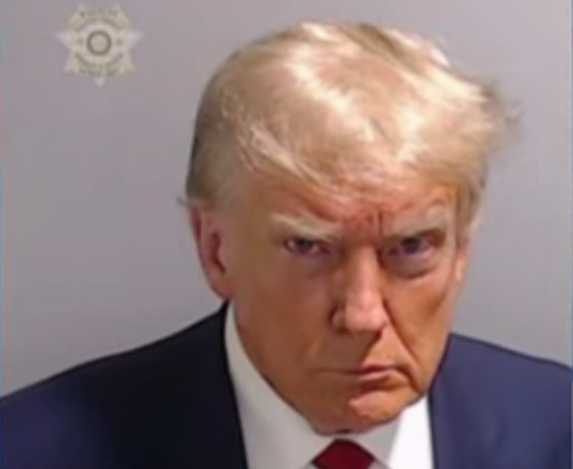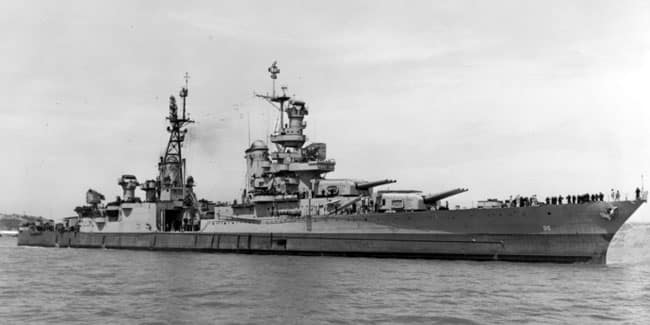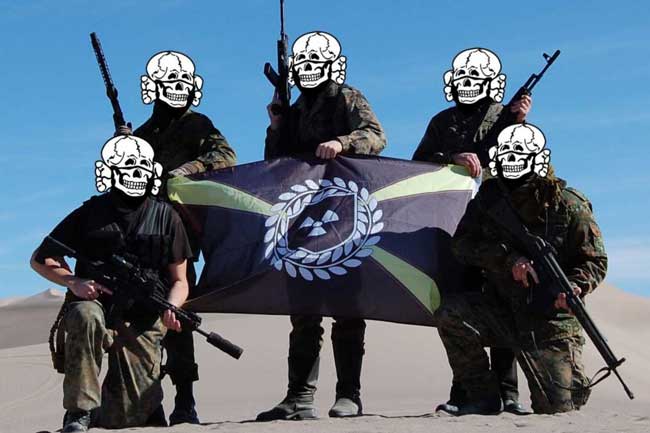A: V-J Day, or Victory Over Japan Day, is the day Japan surrendered to the Allies on August 15, 1945. Japan’s unconditional surrender effectively ended World War Two. Japan’s surrender, which formally occurred aboard the USS Missouri in Tokyo Bay on September 2, 1945, came months after Nazi Germany surrendered, ending six years of war.
Q: Why did Japan surrender?
A: The second U.S. atomic bombing of Japan on August 6, 1945, which is believed to have killed about 40,000 people in Nagasaki, prompted Japan’s surrender. Three days earlier, the U.S. dropped an atomic bomb on Hiroshima, initially killing more than 70,000 people as a direct result of the blast and reducing the entire city to ruins. In the months ahead, at least 60,000 others in Hiroshima died from the effects of the radioactive fallout.
With its bombings of Japan, the U.S. became the first and only country in world history to use atomic weapons on civilians.
Q: What happened before V-J Day?
A: While Allies declared victory in Europe May 8, 1945, after the defeat of Nazi Germany, Allied forces continued to fight Japan in the Far East. Japan started the war in Asia with its bombing of Pearl Harbor in the U.S. state of Hawaii on December 7, 1941.
[content id=”79272″]
For nearly four years after Japan’s bombing of Pearl Harbor, some of the most intense fighting during World War Two took place in the Pacific, India, and in other countries before the war’s end.
Q: What happened after V-J Day?
A: Following Japanese Emperor Hirohito’s radio announcement of Japan’s surrender on August 15, 1945, the U.S. led the Allies in the occupation of Japan until 1952. Allies first began demilitarizing Japan by abolishing the country’s armed forces.
The U.S. occupying forces, led by U.S. General Douglas MacArthur, also enacted political, economic and social reforms, such as prohibiting the expression of patriotism in Japan’s public life, including in its schools.
Source: VOA









